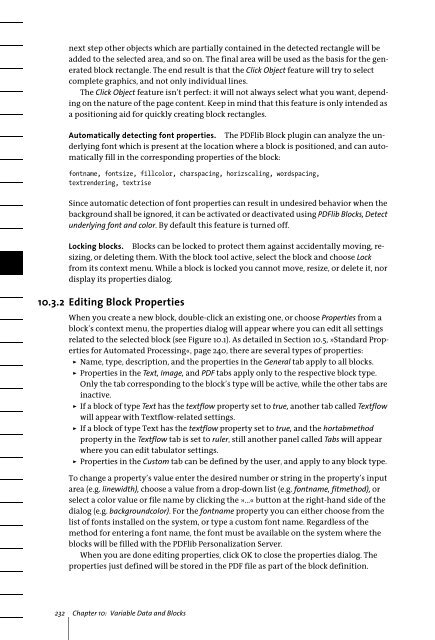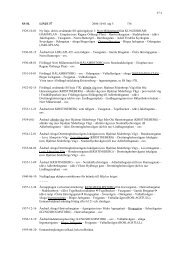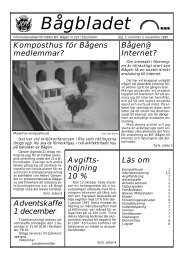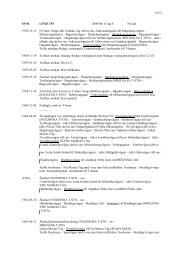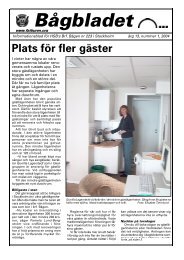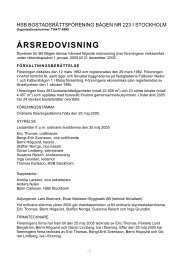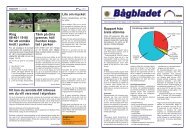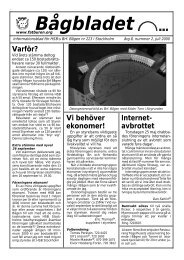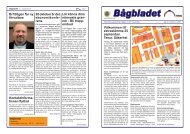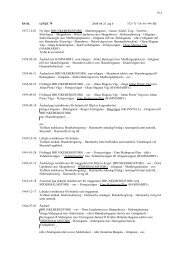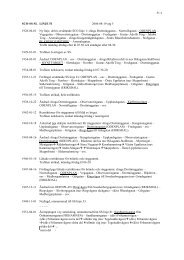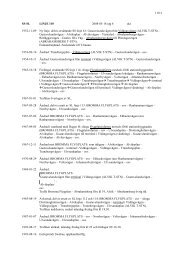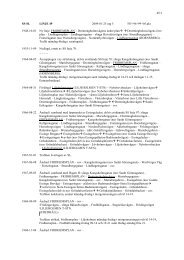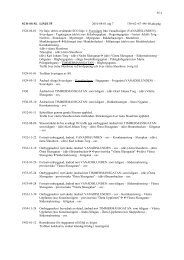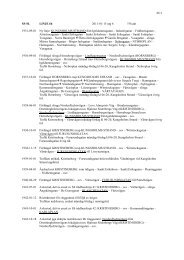Download - Multivac!
Download - Multivac!
Download - Multivac!
You also want an ePaper? Increase the reach of your titles
YUMPU automatically turns print PDFs into web optimized ePapers that Google loves.
next step other objects which are partially contained in the detected rectangle will beadded to the selected area, and so on. The final area will be used as the basis for the generatedblock rectangle. The end result is that the Click Object feature will try to selectcomplete graphics, and not only individual lines.The Click Object feature isn’t perfect: it will not always select what you want, dependingon the nature of the page content. Keep in mind that this feature is only intended asa positioning aid for quickly creating block rectangles.Automatically detecting font properties. The PDFlib Block plugin can analyze the underlyingfont which is present at the location where a block is positioned, and can automaticallyfill in the corresponding properties of the block:fontname, fontsize, fillcolor, charspacing, horizscaling, wordspacing,textrendering, textriseSince automatic detection of font properties can result in undesired behavior when thebackground shall be ignored, it can be activated or deactivated using PDFlib Blocks, Detectunderlying font and color. By default this feature is turned off.Locking blocks. Blocks can be locked to protect them against accidentally moving, resizing,or deleting them. With the block tool active, select the block and choose Lockfrom its context menu. While a block is locked you cannot move, resize, or delete it, nordisplay its properties dialog.10.3.2 Editing Block PropertiesWhen you create a new block, double-click an existing one, or choose Properties from ablock’s context menu, the properties dialog will appear where you can edit all settingsrelated to the selected block (see Figure 10.1). As detailed in Section 10.5, »Standard Propertiesfor Automated Processing«, page 240, there are several types of properties:> Name, type, description, and the properties in the General tab apply to all blocks.> Properties in the Text, Image, and PDF tabs apply only to the respective block type.Only the tab corresponding to the block’s type will be active, while the other tabs areinactive.> If a block of type Text has the textflow property set to true, another tab called Textflowwill appear with Textflow-related settings.> If a block of type Text has the textflow property set to true, and the hortabmethodproperty in the Textflow tab is set to ruler, still another panel called Tabs will appearwhere you can edit tabulator settings.> Properties in the Custom tab can be defined by the user, and apply to any block type.To change a property’s value enter the desired number or string in the property’s inputarea (e.g. linewidth), choose a value from a drop-down list (e.g. fontname, fitmethod), orselect a color value or file name by clicking the »...« button at the right-hand side of thedialog (e.g. backgroundcolor). For the fontname property you can either choose from thelist of fonts installed on the system, or type a custom font name. Regardless of themethod for entering a font name, the font must be available on the system where theblocks will be filled with the PDFlib Personalization Server.When you are done editing properties, click OK to close the properties dialog. Theproperties just defined will be stored in the PDF file as part of the block definition.232 Chapter 10: Variable Data and Blocks


